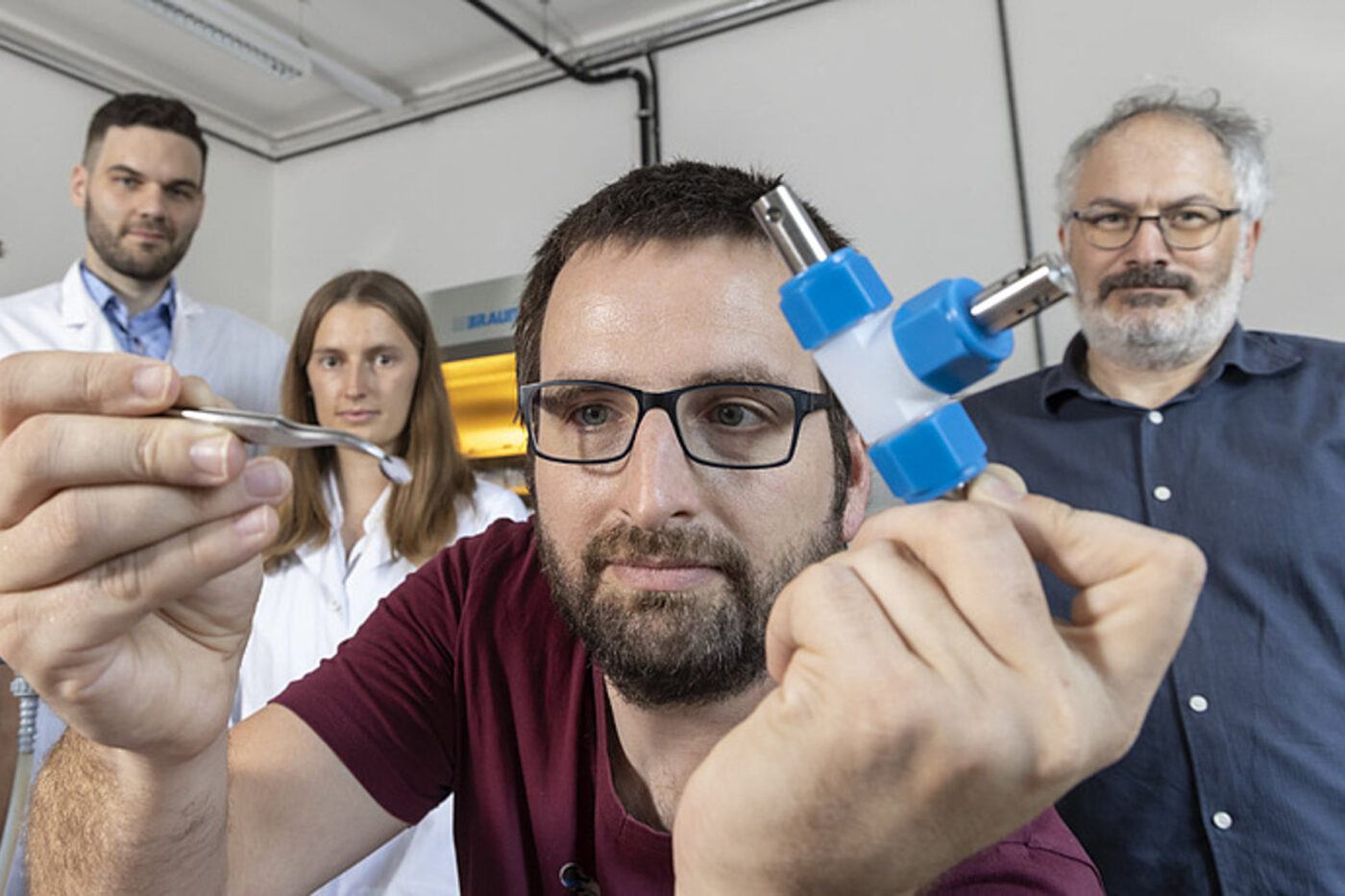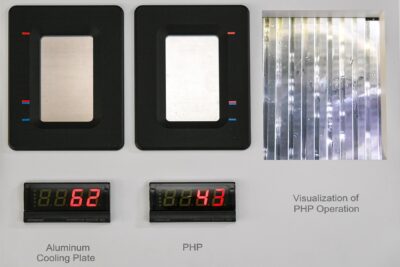TU Graz researchers make battery diagnostic breakthrough
The researchers identified lithium ion phosphate as “one of the most important materials for batteries in electric cars, stationary energy storage systems and tools,” citing the relatively long service life, material pricing and safety. The biggest issue that the researchers saw with the technology, is that “lithium iron phosphate batteries undercut their theoretical electricity storage capacity by up to 25 per cent in practice.” Determining where this issue takes place may lead to a major breakthrough in the technology. Specifically, the research team wanted to determine “exactly where and how lithium ions are stored in and released from the battery material during the charging and discharging cycles.”
To achieve this, the researchers used transmission electron microscopes to “systematically track the lithium ions as they travelled through the battery material, map their arrangement in the crystal lattice of an iron phosphate cathode with unprecedented resolution and precisely quantify their distribution in the crystal.” They succeeded in precisely determining these areas of different levels of lithium enrichment and separating them from each other down to a few nanometers.
“Our investigations have shown that even when the test battery cells are fully charged, lithium ions remain in the crystal lattice of the cathode instead of migrating to the anode. These immobile ions incur a cost in capacity,” explained Daniel Knez from the Institute of Electron Microscopy and Nanoanalysis at TU Graz.
“By combining different examination methods, we were able to determine where the lithium is positioned in the crystal channels and how it gets there,” explains Nikola Šimić from the Institute of Electron Microscopy and Nanoanalysis and first author of the paper on the results, which the research team recently published in the journal Advanced Energy Materials. “The methods we have developed and the knowledge we have gained about ion diffusion can be transferred to other battery materials with only minor adjustments in order to characterise them even more precisely and develop them further.”
TU Graz is well known for its work in battery research, and recently gained additional funding to continue. This year alone, the institute published an analysis on the risks of hydrogen technology in tunnels, announced plans for improved battery diagnostics for use in second-life applications, and a research cooperation with Varta.





0 Comments